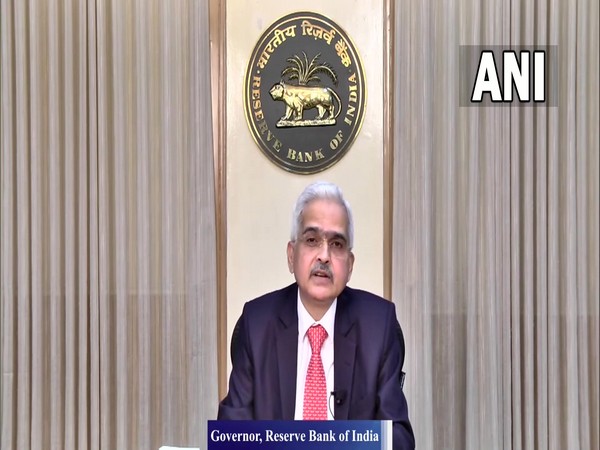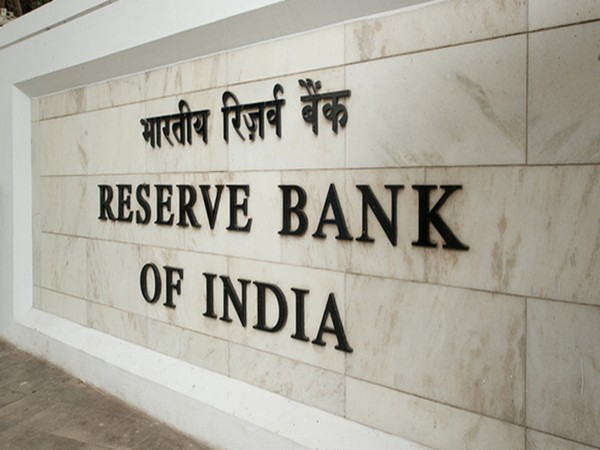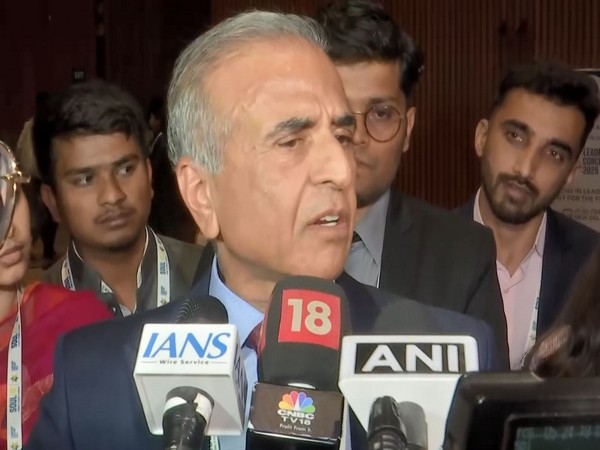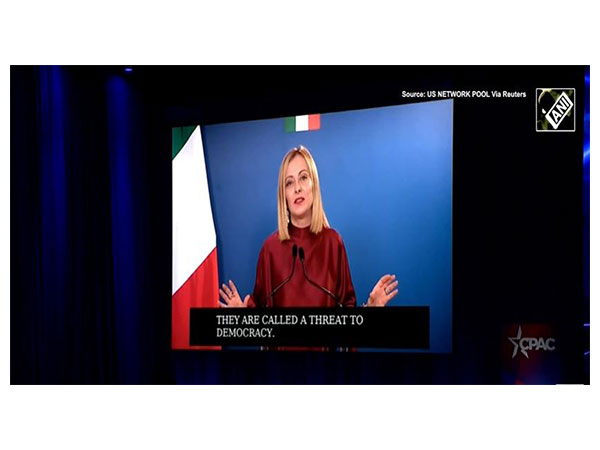
Mumbai (Maharashtra) [India], April 8 (ANI): In the first monetary policy review of the financial year 2022-23, the Reserve Bank of India (RBI) on Friday kept key policy interest rates unchanged for the 11th time in a row and sharply raised inflation projection and lowered growth forecast due to disruptions caused by the Russia-Ukraine conflict. The RBI’s six-member Monetary Policy Committee (MPC) voted unanimously to keep the policy repo rate unchanged at 4 per cent. The repo rate is the interest rate at which the RBI lends short-term funds to banks.
The reverse repo rate, the interest rate at which the RBI borrows from banks, remains unchanged at 3.35 per cent. The marginal standing facility (MSF) rate and the Bank rate also remain unchanged at 4.25 per cent. This is the 11th time in a row that the central bank has kept key policy interest rates unchanged.
The MPC also decided unanimously to remain accommodative while focussing on withdrawal of accommodation to ensure that inflation remains within the target going forward while supporting growth, RBI Governor Shaktikanta Das said in his monetary policy statement. Citing the sharp increase in crude oil prices due to the Russia-Ukraine conflict, the RBI sharply revised upward the inflation forecast for the current financial year to 5.7 per cent from its earlier projection of 4.5 per cent announced in February.
Consumer Price Index (CPI) based inflation is projected to average 5.7 per cent in 2022-23. In the first quarter of the current financial year retail inflation is projected to remain at 6.3 per cent; in the second quarter 5.8 per cent; in the third quarter 5.4 per cent and in the fourth quarter 5.1 per cent. While the inflation projection has been revised upward, the economic growth forecast has been sharply lowered.
The RBI said the GDP growth in the current financial year is expected to remain at 7.2 per cent. In the February policy review, the central bank had pegged the growth projection for the financial year 2022-23 at 7.8 per cent.
As per the RBI, the GDP is expected to expand by 16.2 per cent in the first quarter of the current financial year. The growth will come down to 6.2 per cent in the second quarter and further to 4.1 per cent in the third quarter and further down to 4 per cent in the fourth quarter of the financial year 2022-23. These projections are based on assuming crude oil (Indian basket) at USD 100 per barrel during 2022-23.
However, the RBI Governor noted that inflation and growth projections are fraught with risk given the volatility in the international markets. “Given the excessive volatility in global crude oil prices since late February and the extreme uncertainty over the evolving geopolitical tensions, any projection of growth and inflation is fraught with risk, and is largely contingent upon future oil and commodity price developments,” Das said.
Explaining the rationale behind keeping the policy rate and monetary policy stance, the RBI Governor said, “the external developments during the past two months have led to the materialization of downside risks to the domestic growth outlook and upside risks to inflation projections presented in the February MPC resolution.” “Inflation is now projected to be higher and growth lower than the assessment in February. Economic activity, although recovering, is barely above its pre-pandemic level. Against this backdrop, the MPC decided to retain the repo rate at 4 per cent. It also decided to remain accommodative while focusing on withdrawal of accommodation to ensure that inflation remains within the target going forward while supporting growth,” he added. (ANI)
RBI raises inflation forecast for FY 2022-23 to 5.7 per cent
Mumbai (Maharashtra) [India], April 8 (ANI): The Reserve Bank of India (RBI) on Friday revised upward the inflation forecast for the current financial year to 5.7 per cent from its earlier projection of 4.5 per cent announced in February. Announcing the first monetary policy for the financial year 2022-23, RBI Governor Shaktikanta Das said, “Taking into account the initial conditions, signals from forward-looking surveys, estimates from structural and other time-series models, and crude oil (Indian basket) at USD 100 per barrel in 2022-23, the Consumer Price Index (CPI) based inflation would average 5.7 per cent in the current financial year. In the previous policy review announced in February, the RBI had put the inflation projection for the FY 2022-23 at 4.5 per cent.”
CPI inflation is projected to average 5.7 per cent in 2022-23 – 6.3 per cent in Q1, 5.8 per cent in Q2, 5.4 per cent in Q3, and 5.1 per cent in Q4. The sharp rise in inflation projection is mainly due to the economic disruptions caused by the Russia-Ukraine conflict.
For 2023-24, assuming a progressive normalization of supply chains, a normal monsoon and no further exogenous or policy shocks, structural model estimates indicate that inflation will move in a range of 4.6-5.7 per cent, the RBI said. There are a number of upside and downside risks to the baseline inflation forecasts. The upside risks emanate from a further hardening of global crude and other commodity prices due to geopolitical tensions, longer-than-expected supply chain disruptions, a larger pass-through of input cost pressures to output prices in the event of stronger demand conditions and global financial market volatility from a quicker-than-expected normalization of monetary policy by the advanced economies, the RBI said.
The downside risks arise from an early mending of supply chain disruptions, a muted pass-through to output prices and a correction in global commodity prices due to global demand weakening more than expected and an easing of geopolitical tensions, it said. (ANI)




